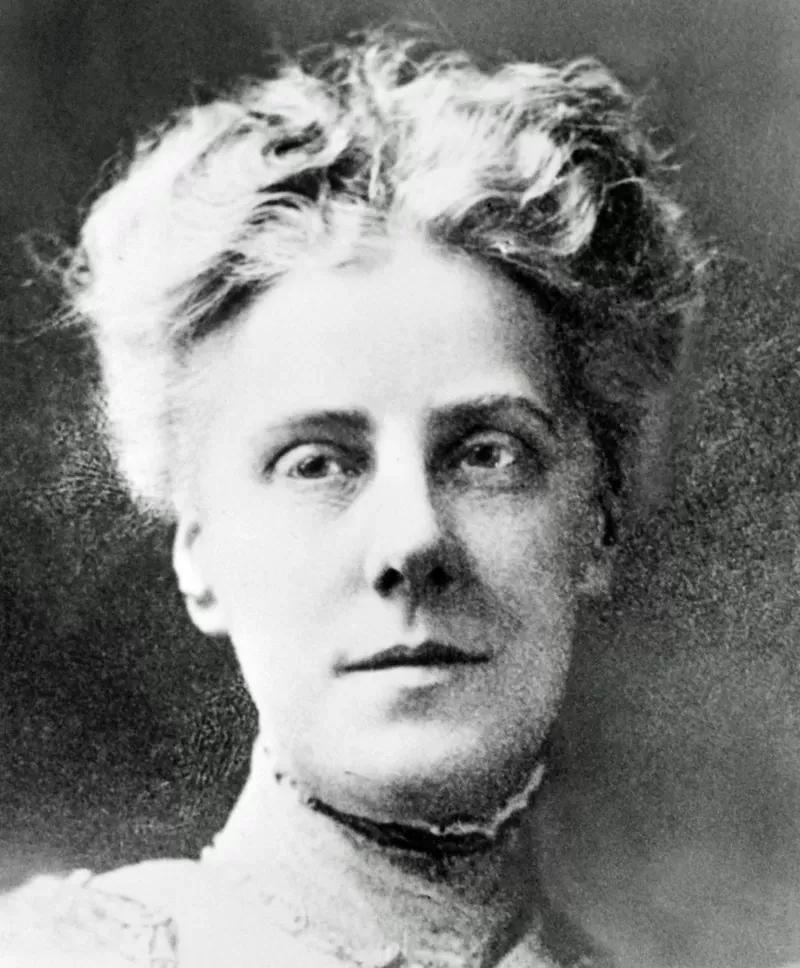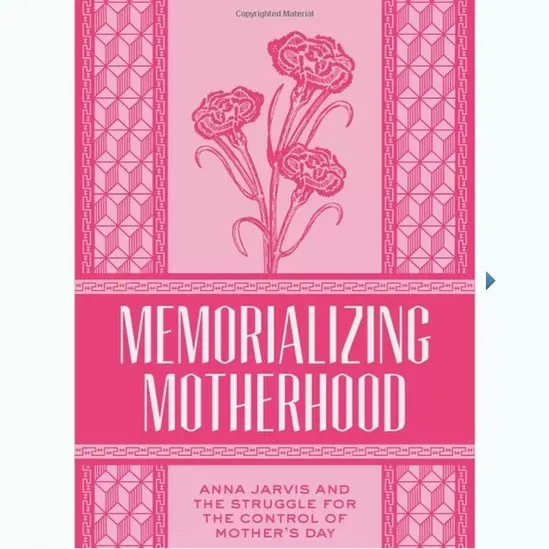The celebration of Mother’s Day The date may vary depending on the country, but there are few places in the world that do not commemorate it.
In the American continent it is usually celebrated mostly in May -the second Sunday of that month- although other countries such as Mexico, Guatemala and El Salvador do it days before.
LOOK: The tragic love story between Pedro I and Inês de Castro, the woman who became queen after her death
Whenever it happens, this traditional date has become one of the most important occasions of the year for commerce, particularly cards, flowers, chocolates, restaurants and sales of other items for mom.
Many are the children, grandchildren, siblings and couples who they are very aware of the daybut few know the story of how the custom of commemorating maternal love on a specific date originated.
Campaign in honor of a mother
The tradition comes from the Greeks, who at the beginning of spring honored the mother of all gods, Rhea, with rituals and gifts.
But the officialization of this custom began in the 20th century, in the United States, at the insistence of a woman who was never a mother, but decided to pay homage to his.
In 1905 Anna Jarvis began a campaign for what she called “Mother’s Day” when her own parent, Ann Reeves Jarvis, died.
Three years later she organized a tribute for her even though the date was not an official holiday and she became an activist for the cause.
His struggle to get the day adopted lasted for years. Jarvis’ motivation came from a prayer his mother showed him one day.

“I hope and pray that someone will one day recognize a memorial day for mothers, to celebrate the unparalleled service they render to humanity in all walks of life,” it read.
Inspiration also came from the work that Ann Reeves herself did during the US Civil War.
In 1850, in the state of West Virginia, created a kind of working groups with women to take care of soldiers and work for improvements in public health. She called those work days as “Mother’s Day”.
Anna Jarvis began her campaign to set aside a special day for mothers by sending letters each year to congressmen, governors, celebrities and VIPs.
Some politicians mocked their efforts saying that, if Mother’s Day was made official, they would have to institute “Mother-in-Law’s Day” as well.
By 1911, however, all the states of the Union recognized the holiday and, three years later, it was officially adopted that the second Sunday in May would be commemorated with a holiday in honor of mothers.
Jarvis’s wish had been granted and she could finally be proud to have been the “mother” of Mother’s Day.
However, a short time later, realized that he had “created a monster”.
The commemorative date became an excellent pretext for merchants, who took advantage of the opportunity to stimulate the purchase of gifts.
Commercial business
The date became the main theme of advertising campaigns at the beginning of each May and gained much support within the flower and card industry.
The story that had given rise to Mother’s Day – Jarvis’s struggle to honor the work of her own mother and other women – was the perfect script to boost sales even more.
Only that the great person in charge of the commemorative date did not like the commercial course that was adopted, so she decided to boycott the date.
The activist who once campaigned for the date’s creation was now mobilizing to remove it.

“Jarvis considered Mother’s Day to be his ‘legal and intellectual property,’ and not part of the public domain,” wrote Katharine Lane Antolini, author of “The Commemoration of Motherhood: Anna Jarvis and the Struggle for Motherhood Control.” of the mother”.
“She aspired that this day would be a ‘holy day’ to commemorate the mother who placed the needs of her children before her own,” added Antolini.
“He never wanted it to become a day for giving expensive gifts, as other holidays became at the beginning of the 20th century.”
Antolini, who is a professor of gender studies at a university in West Virginia, lives about 45 minutes from Grafton, where the church that Jarvis and his mother used to attend is located and is now the International Mother’s Day Shrine.
According to Antolini’s investigations, Anna Jarvis criticized the merchants who “took advantage” of the event and called them “Copyright violators, commercial vandals and declared profiteers”.
He even protested against flower shops, which increased their prices in the month of May, and threatened to sue many companies that profited from the celebration.
He also criticized the huge text-printed card industry that spawned around the day, arguing that the way to show appreciation and honor mothers should be through personal, handwritten letters.

Antolini writes that there were organizations that tried to align the meaning of the holiday with the changing perception of motherhood in the 20th century, combining the home aspect with the impact of mothers in the community.
But Jarvis also refused to accept that interpretation.
Before she died in 1948, overwhelmed by debt and depression, Jarvis confessed to a journalist: “I really regret having created Mother’s Day”.
How much money does Mother’s Day make?
As in many commercial aspects, the United States leads the figures in the consumption of goods and services made around Mother’s Day.
The other countries of the world have not only followed the pattern of celebrating this holiday but also of strongly incorporating the economic characteristic.

In the US only the Mother’s Day trade represents more than US$23,000 million.
According to specialized sites, articles and services are not only directed from children to mothers on this date. Consumers are buying from all the women in their lives; daughters, sisters, grandmothers, godmothers and other relatives and friends.
The card business is where there is more movementfollowed by that of flowers, which has its most spectacular sales of the entire year on that date (even more than on Valentine’s Day).
Special outlet services, such as restaurants, follow next, followed by the clothing and jewelry industries.
Both advertising and sales begin in the last two weeks of April and intensify the week before the Sunday in question, up to 48 hours before the day.
That is when 18% of consumers decide to make their purchases at much higher prices.
Well, as the campaigns say, a mother’s love is priceless.
This article was originally published on May 10, 2019
Source: Elcomercio

:quality(75)/cloudfront-us-east-1.images.arcpublishing.com/elcomercio/RGNNRCFFIFHIPMJPDTVJJVEOB4.webp)



:quality(75)/cloudfront-us-east-1.images.arcpublishing.com/elcomercio/D5I555RIWZCHTN4CSYR6TRPVLM.jpg)
:quality(75)/cloudfront-us-east-1.images.arcpublishing.com/elcomercio/4DTDOVLGRRD7TD2VGI35N425M4.jpg)
